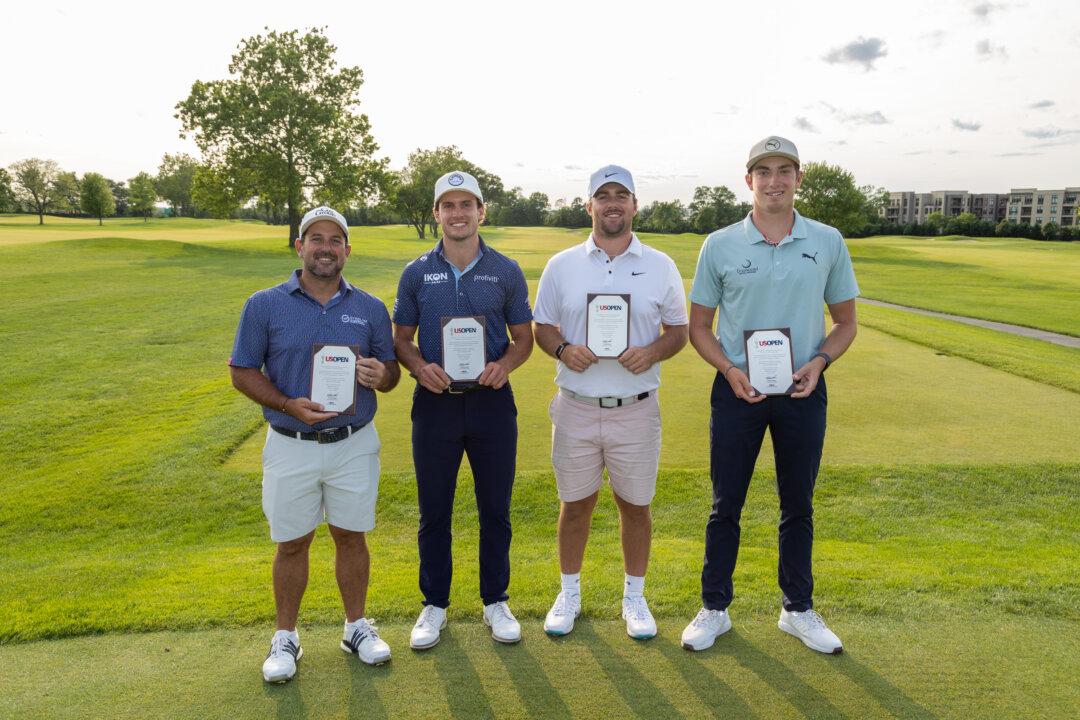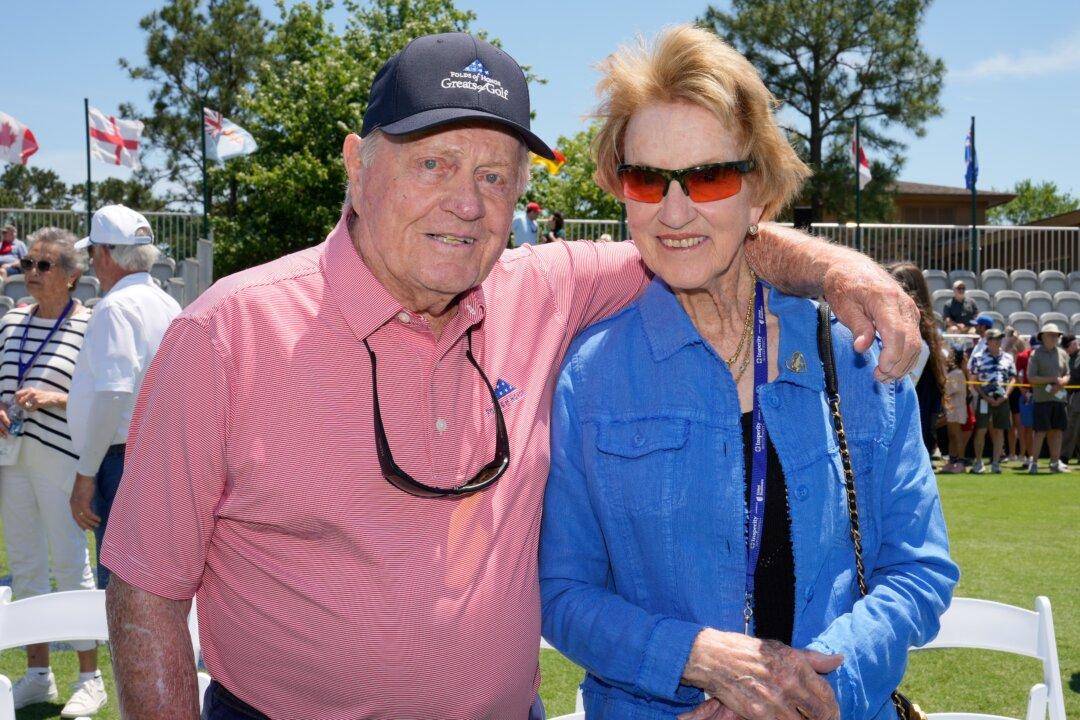Austin, TX—March is the time for sports fans to focus on men’s collegiate basketball: the unexplainable upsets, the final-second shots, and even turning games from a certain loss to a miraculous victory.
Golf’s version is taking place this week with the World Golf Championships—Dell Match Play event being hosted for the first time in Austin. Most professional golf events follow a predictable pattern: 72 holes of stroke play golf divided with 18 holes per day. The reasoning is quite simple. The format can accommodate television and it provides sufficient exposure for the key stars to be seen—even if they are not in immediate contention.
In golf’s earliest days, the formats were not just relegated to stroke play. Most amateur events and even a number of professional events used match play as the means to determine champions. In simple terms, match play is where one player is pitted against the other. Each hole is an individual “match.” The winner is the person able to win the most holes during the contest. You win, you keep on advancing. You lose, and your time in that event ends.
Match play can be quite unpredictable and it is that unpredictability that has caused it to be pushed aside for the 72-hole events that dominate the golf scene today. Television fears it for obvious reasons—if all the key favorites are upset early on the likelihood of unknown person “A” playing unknown person “B” can mean a ratings nightmare.






